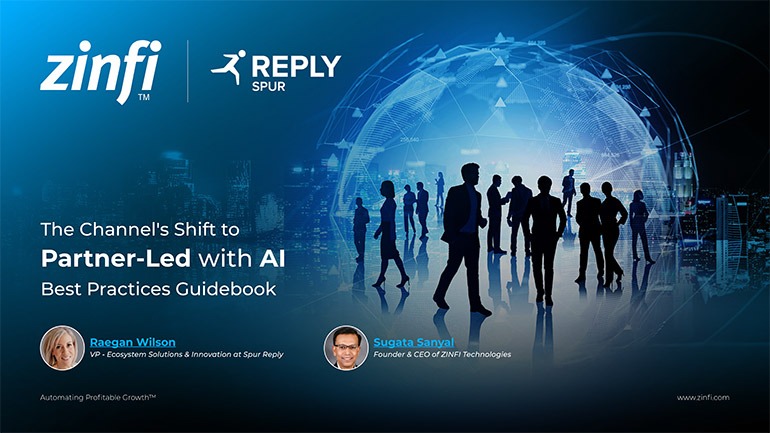Best Practices Articles
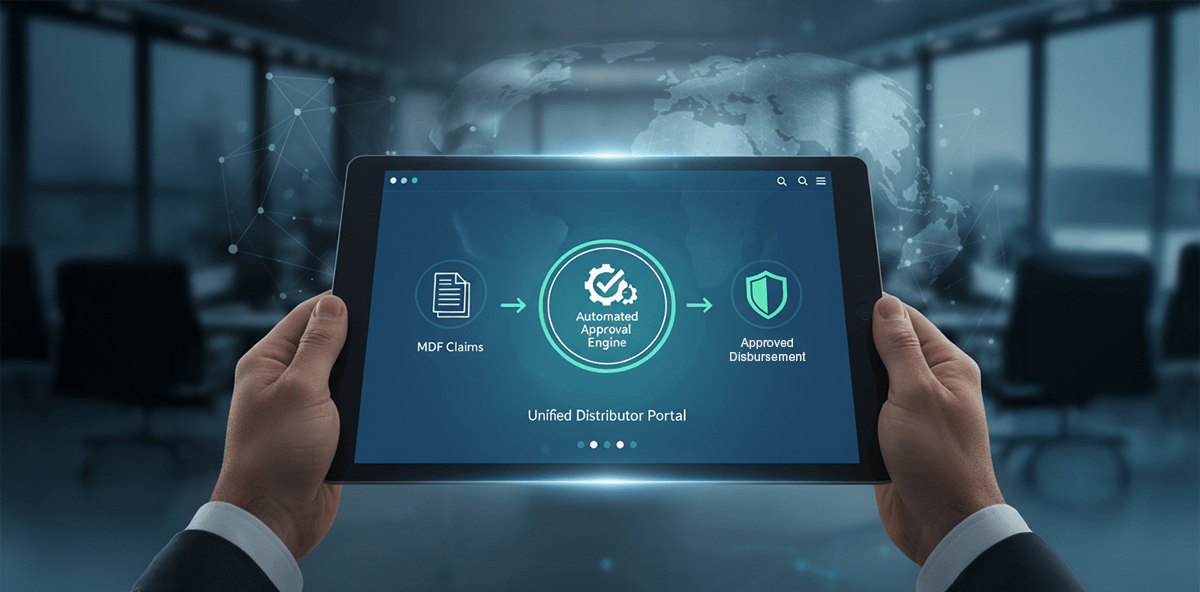
Automating MDF Claims and Approvals with a Unified Distributor Portal Software
In the arsenal of tools available to a channel chief, Distributor Portal Software and Market Development Funds (MDF) represent two of the most potent weapons for driving growth. In theory, these funds are a brilliant strategic lever: a way to empower local partners with the capital they need to execute marketing campaigns that resonate with their specific customer base, effectively multiplying the manufacturer's marketing reach and impact. The promise is a powerful symbiosis where corporate strategy fuels local execution, resulting in a groundswell of demand generation.
However, for a vast number of manufacturing companies and their partners, the strategic promise of MDF is buried under the painful reality of its execution. The entire process—from requesting funds and gaining approval to executing a campaign and claiming reimbursement—is often a bureaucratic nightmare. It’s a slow, opaque, and soul-crushing administrative swamp of spreadsheets, endless email chains, manual paperwork, and constant follow-up. This operational chaos not only consumes an immense amount of time and resources for both the manufacturer and the partner, but it also makes it nearly impossible to measure the actual return on what is often a multi-million-dollar investment.
This administrative bottleneck prevents MDF from ever reaching its full potential as a strategic growth driver. The solution is not to hire more people to process paperwork faster; it is to fundamentally re-architect the process itself. A complete digital transformation is needed, moving the entire MDF lifecycle onto a modern, unified Distributor Portal Software. This article will provide a comprehensive breakdown of how a platform-based, automated approach can rescue your MDF program from this administrative quagmire and transform it into a transparent, efficient, and highly measurable engine for driving channel-led growth.
The Strategic Promise vs. The Painful Reality of MDF
To appreciate the scale of the transformation that automation brings, one must first have a clear-eyed view of just how broken the traditional, manual MDF process truly is. The gap between what MDF should be and what it is for most organizations is immense.
The Promise: Empowering Partners as a Marketing Force Multiplier
In an ideal world, an MDF program is a model of decentralized empowerment. You, the manufacturer, set the high-level strategic goals—for instance, driving adoption of a new industrial IoT product or penetrating the aerospace vertical. You then allocate funds to your partners, who possess invaluable local market knowledge. A distributor in Germany knows the best trade publications to advertise in. A reseller in Texas knows which local industry events are worth sponsoring.
This model allows for a level of marketing agility and local relevance that a centralized corporate team could never achieve on its own. It empowers partners to become a true extension of your marketing department, scaling your message and demand generation efforts in a way that is authentic to each unique market. The intended result is a thriving ecosystem of partner-led marketing that creates a predictable and growing pipeline of new business.
The Reality: A Black Hole of Administrative Waste
For most, this ideal remains a distant dream. The reality of MDF management is a daily grind of low-value administrative tasks. Channel Account Managers (CAMs), who should be spending their time on strategic coaching and partner recruitment, instead find themselves acting as paper-pushers, hounding partners for missing invoices or trying to decipher cryptic spreadsheets.
Consider the typical manual workflow:
- A partner emails their CAM with a vague idea for a marketing activity.
- The CAM emails them back a 20-page PDF of program rules and a spreadsheet-based request form.
- The partner fills out the form and emails it back.
- The CAM reviews it and forwards it to their manager for approval.
- The manager, who is on the road, doesn't see it for three days. They reply with questions.
- This email chain, now with multiple branches, continues for another week before a decision is made.
- After the event, the partner must gather physical receipts and invoices, scan them, and email them to the CAM, who then has to forward them to the finance department for payment, which can take another 60-90 days.
This entire process is slow, fraught with errors, and offers zero visibility to the partner. It's a system that actively discourages participation and burns out the very people who are supposed to be managing your strategic partner relationships.
Why Partner Adoption and Engagement Suffer
From the partner's perspective, this process is even more frustrating. They are busy running their own businesses, and navigating a complex, bureaucratic MDF program is often seen as more trouble than it's worth. They have to invest their own time and money upfront, with no certainty on when—or if—they will be reimbursed. This leads to several negative outcomes:
- Low Adoption: A significant portion of partners simply don't bother to use the funds available to them. This means millions of dollars of marketing capital is left on the table every year, and countless demand generation opportunities are missed.
- "Use It or Lose It" Panic: In programs where funds expire at the end of a quarter or year, partners who haven't used their budget will often scramble to spend it on low-quality, low-impact activities (like branded pens and stress balls) just to avoid losing the allocation.
- Erosion of Trust: A slow, opaque, and seemingly arbitrary reimbursement process damages the partner relationship. It creates a perception that the vendor is actively trying to avoid paying them, which erodes trust and goodwill.
Step 1: Building the Foundation with Centralized Program Management
The first step in fixing this broken process is to eliminate the chaos of scattered documents and email-based communication. A unified distributor portal software serves as the single source of truth for your entire MDF program, providing both you and your partners with a clear, consistent, and always up-to-date view of all program elements.
From Confusing PDFs to a Dynamic Program Hub
Instead of sending partners a dense, 20-page PDF of program rules that is instantly outdated the moment a policy changes, a modern portal provides each partner with a dynamic MDF dashboard. When a partner logs in, they can see everything they need to know in one clean interface:
- Their Current Budget: How much they have available to spend.
- Program Guidelines: Clear, concise, and searchable rules for what activities are eligible for funding.
- Activity History: A complete history of all their past MDF requests, claims, and payments.
- Important Deadlines: Clear notifications about when their funds expire.
This centralized hub removes all ambiguity from the process. It ensures that every partner is operating from the same set of rules and has a real-time understanding of their financial standing within the program.
Automating Budget Allocation and Accrual
How MDF budgets are determined is often a source of friction, with partners perceiving the process as a "black box" or a matter of favoritism. A platform-based approach brings transparency and fairness to budget allocation through automation. The system can be configured to manage budgets in several ways:
- Discretionary "Spiff" Funds: A channel manager can be given a block of funds to distribute to partners in their territory for specific, one-off strategic activities.
- Proposal-Based Funding: Partners have no pre-allocated budget but can submit proposals for funding on a case-by-case basis.
- Automated Accruals: This is the most sophisticated and fair method. The portal can be integrated with your sales data system to automatically calculate and allocate MDF based on performance. For example, you can set a rule that states, "For every $100 of our product a partner sells, they will automatically accrue $2 in their MDF wallet." This calculation happens automatically every quarter, providing a direct, transparent link between sales performance and marketing investment.
Ensuring Strategic Alignment with Pre-Approved Campaigns
A common complaint from channel marketers is that partners use MDF for activities that are not aligned with the company's strategic priorities. A unified portal provides a powerful solution for this through the modernization of co-marketing. Instead of just giving partners cash, you can provide them with pre-packaged, strategically aligned marketing campaigns that they can "purchase" with their MDF.
Within the portal, you can build a library of "through-channel marketing automation" (TCMA) campaigns, such as:
- Webinar-in-a-Box: A complete package with a presentation deck, email invitation templates, a landing page, and social media posts, all focused on a new product launch.
- Digital Advertising Campaign: Pre-built Google Ads or LinkedIn campaigns with approved ad copy and creative that partners can launch in their local markets.
- Local Seminar Kit: All the materials needed to host a local event, from invitations and signage to follow-up email sequences.
Partners can browse this library and use their MDF funds to activate these campaigns with a few clicks. This is a win-win: the partner gets a professional, high-impact marketing activity with minimal effort, and the manufacturer guarantees that their MDF investment is being used to promote the right products with the right message.
Step 2: Streamlining the Pre-Approval Workflow
Once the program foundation is set, the next step is to fix the most painful part of the process for partners: getting approval to spend their funds. An automated workflow within a unified distributor portal software transforms this from a chaotic, multi-week ordeal into a transparent and efficient process that can often be completed in a matter of hours.
The "Before" Picture: The Approval Email Chain from Hell
Let’s revisit the painful manual process. A partner emails a request. The CAM has to check their spreadsheet to see if the partner has enough budget. They then forward it to their manager, who might be the first of several approvers. Each handoff is a potential point of failure. The email can be missed, the attachment can get lost, or a key approver could be on vacation, grinding the entire process to a halt. The partner has no visibility into where their request is stalled and is forced to send annoying "any update?" emails to their CAM, further straining the relationship.
The "After" Picture: A Transparent, Automated Workflow
In a portal-based system, the entire process is managed within a single, transparent workflow that provides visibility to everyone involved.
- The Smart Request Form: The partner initiates the process by filling out a simple, dynamic form within the portal. This isn't a static PDF; it's an intelligent form that ensures all necessary information is captured upfront. If a partner selects "Live Event" as the activity type, the form might dynamically ask for the event date, venue, and expected number of attendees. This eliminates the back-and-forth caused by incomplete information.
- Automated Rules-Based Routing: Once the form is submitted, the platform's workflow engine takes over. The request is automatically routed to the correct sequence of approvers based on a set of pre-configured rules. This routing logic can be highly sophisticated. For example:
- By Amount: "Requests under $2,000 only require CAM approval."
- By Partner Tier: "Requests from Platinum partners are automatically approved if they are under $5,000."
- By Region: "All requests from the EMEA region must first be approved by the EMEA marketing director."
- By Activity Type: "All requests for telemarketing campaigns must be approved by the legal department."
- Real-Time Status Visibility and Notifications: This is the key to eliminating partner frustration. From the moment they hit "submit," the partner can see the exact status of their request on their portal dashboard. They can see whose queue it is currently in and how long it has been there. Each approver is automatically notified when a request is waiting for them, and if they don't act on it within a set timeframe, the system can send reminders or even escalate it to their manager. This transparency and automation turns a long, anxious wait into a fast, professional, and predictable experience.
Step 3: Automating the Claims and Proof-of-Performance Process
Getting a marketing activity approved is only half the battle. The final, and often most painful, step is for the partner to claim their reimbursement after the activity is complete. The traditional process of collecting and verifying invoices and other proof-of-performance (POP) documents is another administrative black hole. Automation brings much-needed structure, simplicity, and accountability to this final stage.
The Chaos of Manual Claims and POP Verification
In a manual system, the claims process is a mess. Partners have to physically gather receipts, invoices, and other documents. They might mail them in a packet or email a collection of poorly scanned, low-resolution attachments. The channel manager or an admin then has to manually review every single document to ensure it's valid and matches the approved activity. If anything is missing—a common occurrence—it triggers another round of painful email follow-up. This process is inefficient, error-prone, and can delay partner reimbursement by months, which can cause serious cash flow issues for smaller partners.
A Centralized Hub for Claims and POP Submission
A unified distributor portal software digitizes and centralizes this entire process. The workflow is simple and intuitive:
- After the marketing activity is completed, the partner logs into the portal and navigates to their original, approved MDF request.
- They click a button to "Submit Claim."
- The system presents them with a clear, structured claims form. Crucially, the form intelligently prompts them for the specific POP documents required for that particular activity type, based on your program rules.
- For a Live Event, it might require them to upload: a scanned copy of the venue invoice, a list of all event attendees with contact information, and photos from the event.
- For a Digital Ad Campaign, it might require: screenshots of the live ads, an invoice from the ad platform (e.g., Google or LinkedIn), and a spreadsheet of all the leads generated from the campaign landing page.
- The system can be configured to prevent the partner from even submitting the claim until all the required POP fields have been filled and the necessary documents have been uploaded. This simple step completely eliminates the problem of incomplete submissions.
This structured workflow transforms the claims process from a treasure hunt for documents into a simple, guided checklist, making life easier for both the partner and your internal administrative team. This is process optimization at its finest.
The Final Step: Closing the Loop with True ROI Measurement
For far too long, the ROI of MDF has been based on guesswork and anecdotal evidence. A channel chief might be asked by their CFO, "What was the return on the $5 million we spent on MDF last year?" and the best they can offer is a vague answer about "driving partner engagement" or "building brand awareness." This is no longer acceptable. The ultimate benefit of managing your MDF program on a unified platform is the ability to finally connect your marketing investment directly to business outcomes.
The ROI Guessing Game of the Past
When your MDF program is managed in spreadsheets and your sales pipeline is managed in a separate CRM, the two data sets never touch. It's impossible to draw a straight line from a specific marketing activity to a specific closed deal. Any attempt at ROI calculation is a flimsy exercise in correlation, not causation. You might see that a partner who used a lot of MDF also had high sales, but you have no way of knowing if one caused the other.
Data-Driven Insights from a Unified Platform
The game changes entirely when your MDF module, lead management module, and deal registration module all reside within the same unified distributor portal software. This integration allows for true, closed-loop reporting. Consider the data journey:
- A partner in Germany gets a $5,000 MDF request approved to run a webinar on your new automation solution.
- After the webinar, they upload the attendee list of 75 engineers as their proof-of-performance.
- Because the platform is unified, this list of 75 people can be automatically ingested into the lead management module and flagged with the source campaign ID: "German Automation Webinar - MDF Activity #789."
- Over the next few months, the partner works these leads, and three of them convert into registered deals within the portal.
- Two of those deals, worth a total of $150,000, are eventually won.
Because this entire journey occurred on a single platform, you can now run a report that definitively states that MDF Activity #789, which cost $5,000, directly generated $150,000 in closed-won revenue—a 30x return on investment.
This is the holy grail of channel marketing. It allows you to answer the CFO's question with precision and confidence. You can generate reports that show your highest and lowest performing partners, regions, and marketing activity types, allowing you to make data-driven decisions on how to allocate your MDF budget for maximum impact in the future.
Conclusion: From Administrative Burden to Strategic Investment
Market Development Funds should be a catalyst for growth, not a source of administrative pain. Continuing to manage this critical program with a patchwork of spreadsheets, emails, and manual processes is a bottleneck that restricts your growth, frustrates your most valuable partners, and wastes millions in marketing dollars. It’s time to stop managing an expense and start optimizing an investment.
A unified distributor portal software provides the essential framework to achieve this transformation. By automating the entire MDF lifecycle—from budget allocation and approvals to claims and ROI reporting—you remove friction, create transparency, and free up your team to focus on strategic, high-value activities. You empower your partners to become the effective marketing engine they were always meant to be. This unlocks the true potential of your MDF program, turning it from a confusing, inefficient cost center into a powerful, predictable, and fully measurable driver of channel revenue.
Are you tired of the administrative nightmare of managing your MDF program? It's time to move from spreadsheets and emails to a fully automated and measurable system. Discover how a Unified Partner Management platform can transform your MDF program into a powerful engine for channel growth. Schedule a demo to see automated claims and ROI reporting in action.
Best Practices Guidebook
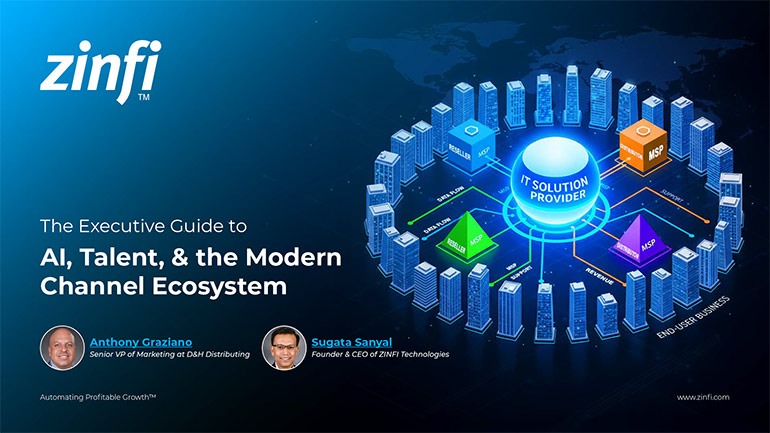 Modernizing Channel Marketing: AI and Ecosystem Enablement Best Practices
Modernizing Channel Marketing: AI and Ecosystem Enablement Best PracticesDownload for FREE
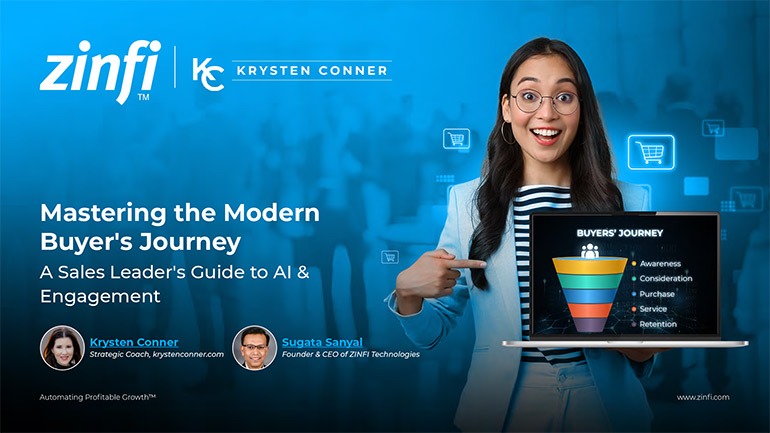 The Channel’s Shift to Partner-Led With AI Best Practices
The Channel’s Shift to Partner-Led With AI Best PracticesDownload for FREE
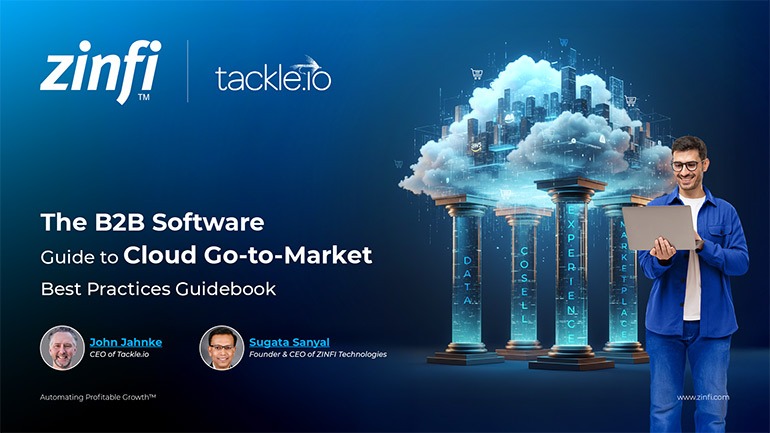 Hyperscalers, ISVs, and AI: Shaping the Future of B2B Software Distribution
Hyperscalers, ISVs, and AI: Shaping the Future of B2B Software DistributionDownload for FREE
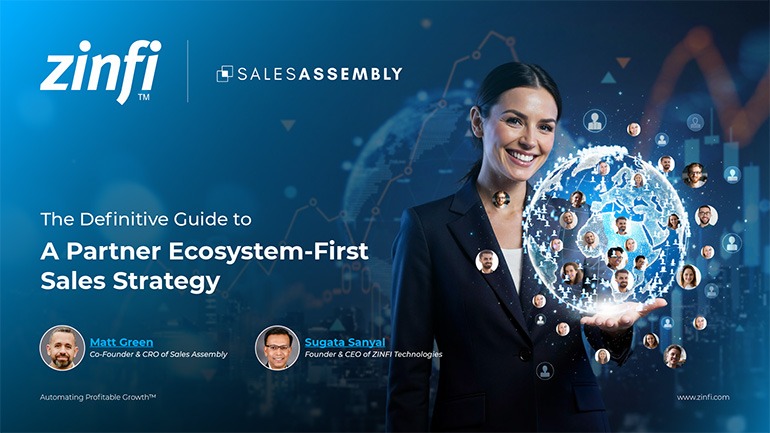 Definitive Guide to a Partner Ecosystem-First Sales Strategy
Definitive Guide to a Partner Ecosystem-First Sales StrategyDownload for FREE
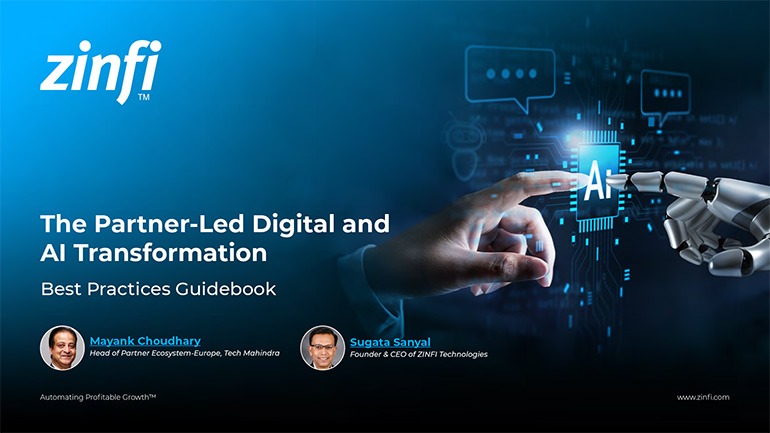 The Partner-Led Digital and AI Transformation Best Practices
The Partner-Led Digital and AI Transformation Best PracticesDownload for FREE
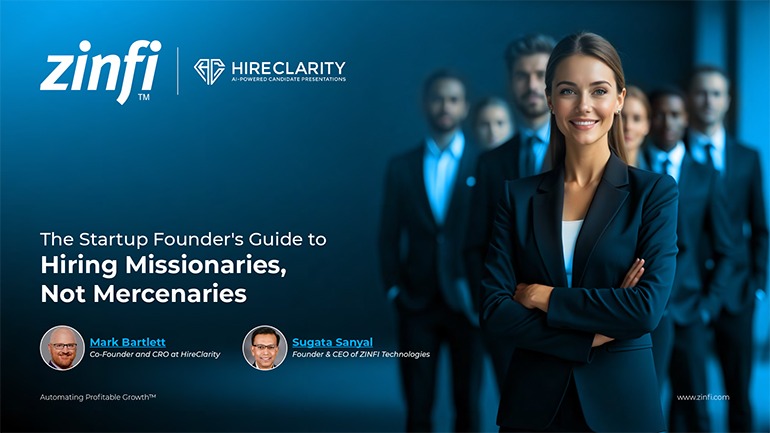 Startup Talent Recruitment: Hiring Missionaries, Not Mercenaries
Startup Talent Recruitment: Hiring Missionaries, Not MercenariesDownload for FREE
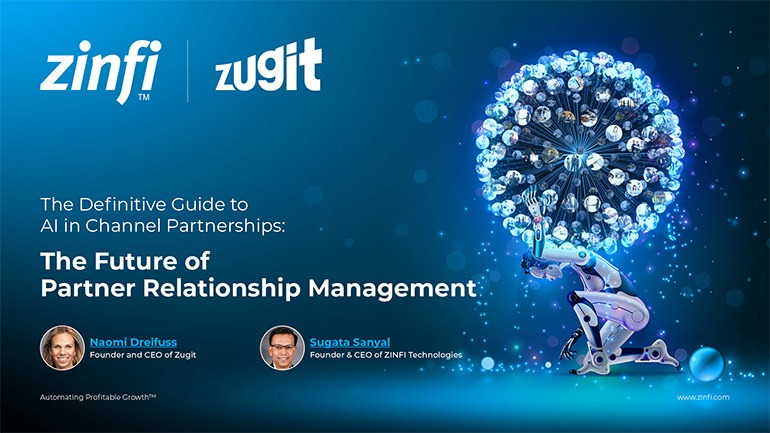 The Future of Partner Relationship Management with AI in Partnerships
The Future of Partner Relationship Management with AI in PartnershipsDownload for FREE
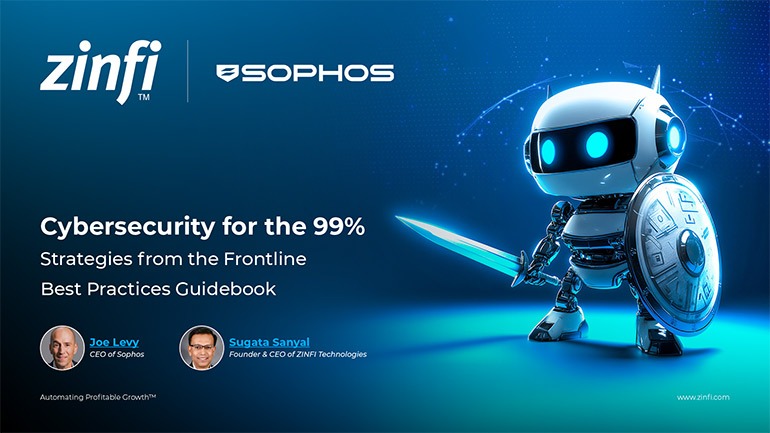 Cybersecurity for the 99%: Strategies from the Frontline
Cybersecurity for the 99%: Strategies from the FrontlineDownload for FREE
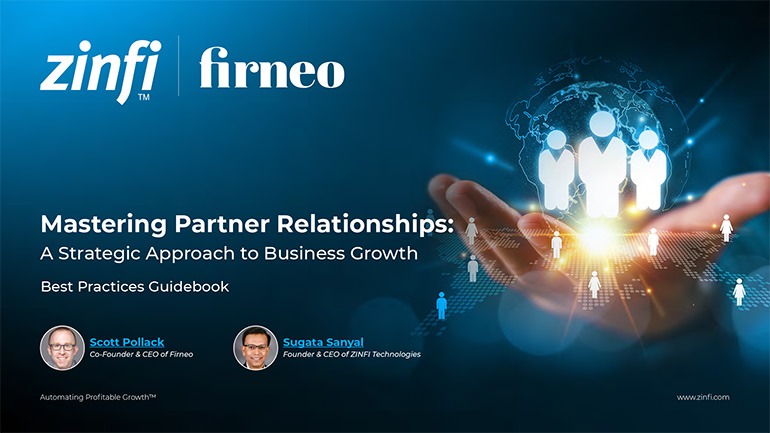 Mastering Partner Relationships: A Strategic Approach to Business Growth
Mastering Partner Relationships: A Strategic Approach to Business GrowthDownload for FREE
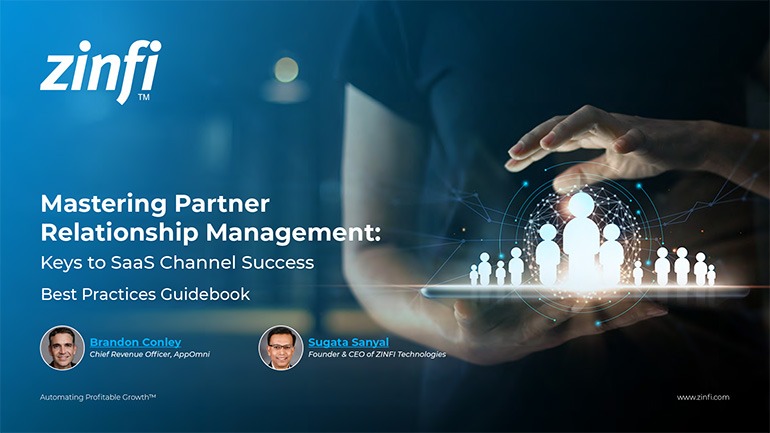 Mastering Partner Relationship Management: Keys to SaaS Channel Success
Mastering Partner Relationship Management: Keys to SaaS Channel SuccessDownload for FREE
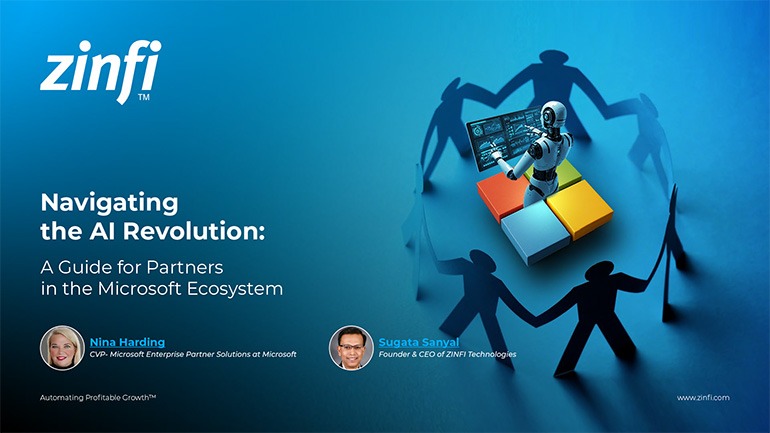 Navigating the AI Revolution: Guide for Partners in the Microsoft Ecosystem
Navigating the AI Revolution: Guide for Partners in the Microsoft EcosystemDownload for FREE
 Mastering the Modern Buyers Journey: Sales Leader’s Guide to AI & Engagement
Mastering the Modern Buyers Journey: Sales Leader’s Guide to AI & EngagementDownload for FREE

